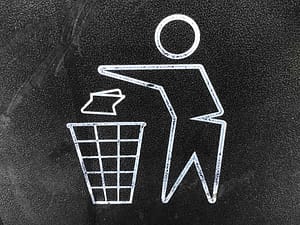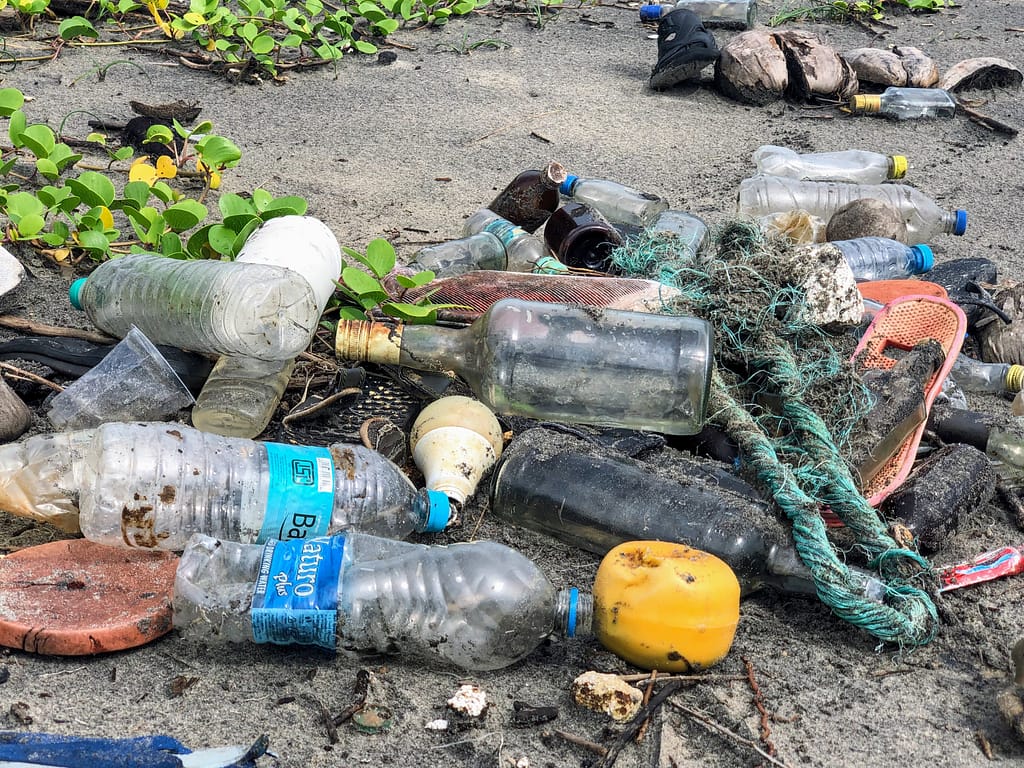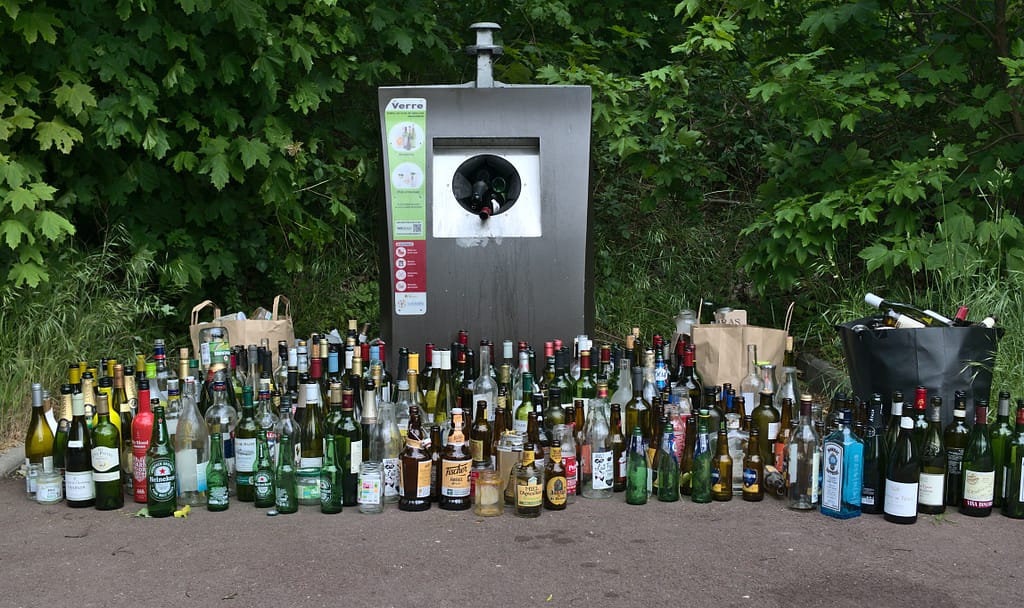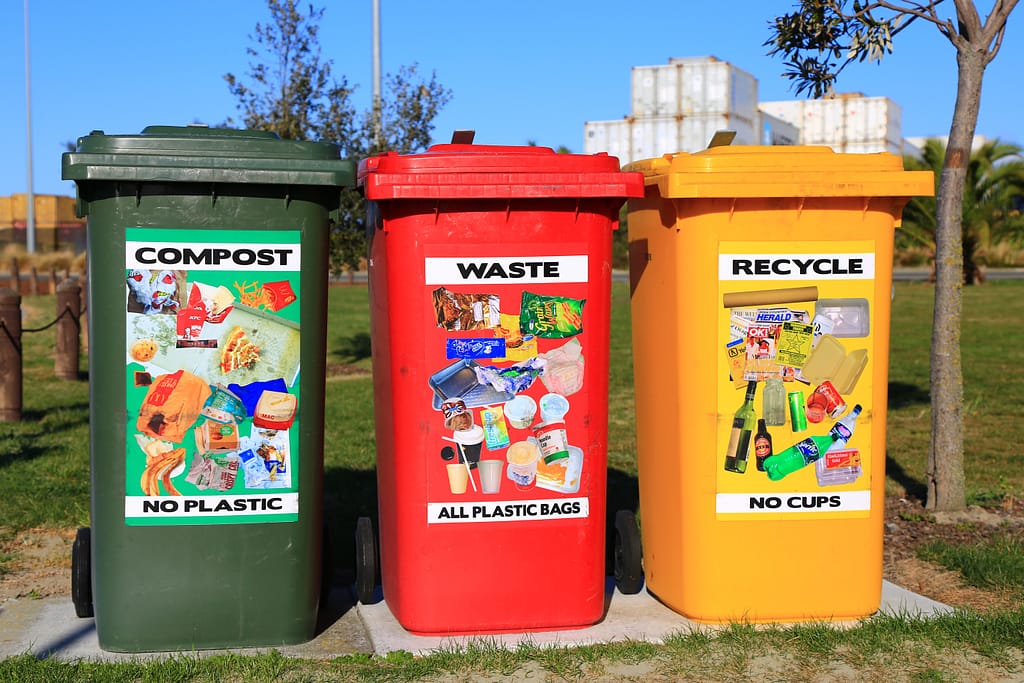
We all want to do our part for the planet by recycling, but are the items we toss into the blue bin actually being recycled? As global recycling programs continue to evolve, it’s becoming clear that some materials don’t actually get recycled. In this blog, we will dive into the often-misunderstood world of recycling, answering the question: “Do items really get recycled?” We’ll explore the challenges, the reality behind recycling facilities, and provide actionable insights on how you can ensure that your recycling efforts make a real difference.
The Recycling Myth: Why Not Everything Gets Recycled
Many people believe that every item they place in the recycling bin will be transformed into something new. Unfortunately, that’s not always the case. Recycling systems are more complicated than they appear, and several factors can prevent your recyclables from being processed properly.
Items that are contaminated with food residue, plastic products that aren’t properly sorted, and non-recyclable materials can all disrupt the recycling process. For instance, a pizza box soaked in grease might not make it through the system. Contamination is a significant issue—one dirty item can ruin an entire batch of recyclables. In fact, according to the National Waste & Recycling Association, 25% of recyclable materials end up being thrown out due to contamination.

Frequently Asked Question: Can I recycle items like plastic bags or straws?
No, plastic bags and straws are common contaminants in recycling facilities. They often get tangled in machinery, causing damage and delays.
Global Recycling Challenges: Why It’s Getting Harder
The global recycling industry has faced serious challenges in recent years. One of the biggest blows came when China, once the world’s largest importer of recyclables, implemented the National Sword policy in 2018. This policy drastically reduced the amount of foreign waste China was willing to accept, sending shockwaves through the recycling industry worldwide.

Many countries, including the United States and the UK, now struggle to process their own waste, leading to a stockpile of recyclables with nowhere to go. This shift means that many items previously recycled are now ending up in landfills or incinerators. Without a robust infrastructure to handle the influx of waste, recycling rates have stagnated.
Q: How has China’s National Sword policy impacted recycling globally?
The policy has forced many countries to rethink their recycling strategies, as they can no longer rely on China to process their waste. This has led to an increase in recyclable materials being incinerated or sent to landfills.
What Actually Gets Recycled?
Despite the fact that some materials don’t actually get recycled, some items are still being recycled successfully. Metals like aluminum and steel are among the most recyclable items because they can be processed repeatedly without losing quality. Aluminum cans, for example, can be melted down and back on store shelves as new cans in 60 days.
On the other hand, plastics present a much larger problem. Only certain types of plastic, such as PET (Polyethylene Terephthalate), commonly used in water bottles, have a high likelihood of being recycled. Even then, less than 10% of plastic waste is recycled globally. Other plastics, such as polystyrene (Styrofoam), are not easily recyclable and often end up in landfills.
Q: Which materials have the highest recycling success rates?
Metals like aluminum and steel have high recycling success rates. However, plastics, especially single-use varieties, have much lower recycling rates due to contamination and complexity.

Why Your Recycling May Be Rejected
Recycling facilities have strict guidelines on what they can process, and certain items are automatically rejected. Contaminated recyclables, incorrect sorting, and even the wrong type of material can lead to rejection. For example, if paper or cardboard is wet, it might not be recyclable because moisture compromises its integrity during processing.
It’s also important to recognize that certain facilities have limited capabilities. Not all centers can process materials like glass, electronics, or mixed plastics, meaning that some materials don’t actually get recycled, even if you put them in the right bin.
Q: What are the most common reasons recycling gets rejected?
Common reasons include contamination from food or liquids, improper sorting, and attempting to recycle non-recyclable materials such as plastic bags or Styrofoam.
5. How to Ensure Your Recycling Efforts Count
While it might seem discouraging that some materials don’t actually get recycled, there are several ways you can improve the effectiveness of your recycling efforts. Here are five strategies to increase the chances that your items will be recycled:
- Clean and Dry: Always rinse out containers and ensure items are free from food or liquid residue. Contamination can cause the entire batch to be rejected.
- Know What’s Recyclable: Familiarize yourself with local recycling guidelines. Not all plastics, papers, or metals are recyclable in every area.
- Separate Properly: Follow the rules for separating recyclables. Mixing materials (such as plastic and glass) can lead to items being discarded.
- Avoid Plastic Bags: Never place recyclables in plastic bags. Most facilities do not accept them, and they can damage sorting machinery.
- Reduce Waste at the Source: The best way to help the environment is to reduce your waste altogether. Opt for reusable items whenever possible to minimize the need for recycling.
Q: How can I improve my recycling habits?
To make your recycling count, always clean and dry items, follow local guidelines for sorting materials, and avoid using plastic bags for recyclables.
6. The Future of Recycling: Innovations and Improvements

The recycling industry is not standing still. New technologies are being developed to make recycling more efficient and to expand the range of materials that can be processed. For example, artificial intelligence (AI) is being used to improve sorting capabilities at recycling facilities. AI-powered robots can quickly and accurately sort materials, reducing contamination and increasing recycling rates.
Additionally, chemical recycling is gaining traction. This process breaks down plastics at the molecular level, allowing them to be reformed into new materials. While still in its infancy, chemical recycling has the potential to revolutionize how we handle plastic waste.
Q: What are some innovations in recycling technology?
AI is being used to improve sorting accuracy, while chemical recycling offers a way to recycle previously non-recyclable plastics by breaking them down at the molecular level.
Conclusion
The reality is that not everything we throw into the recycling bin ends up being recycled. Some materials don’t actually get recycled: Challenges such as contamination, improper sorting, and global recycling limitations have made it harder than ever to ensure that our waste is being properly processed. However, by taking steps to clean, sort, and reduce waste at the source, we can still make a positive impact.
As we move forward, technological innovations like AI sorting and chemical recycling offer hope for a more efficient and sustainable recycling industry. While recycling alone won’t solve the waste crisis, it’s an essential part of the solution, especially when combined with efforts to reduce our overall consumption.
Pingback: The Environmental Impact of Single-Use Plastics - Ecological Crusader
Pingback: 7 Powerful Human Activities That Will Drastically Reduce Carbon Emissions and Slow Climate Change - Ecological Crusader
Pingback: Is Styrofoam Recyclable? - Ecological Crusader
Comments are closed.